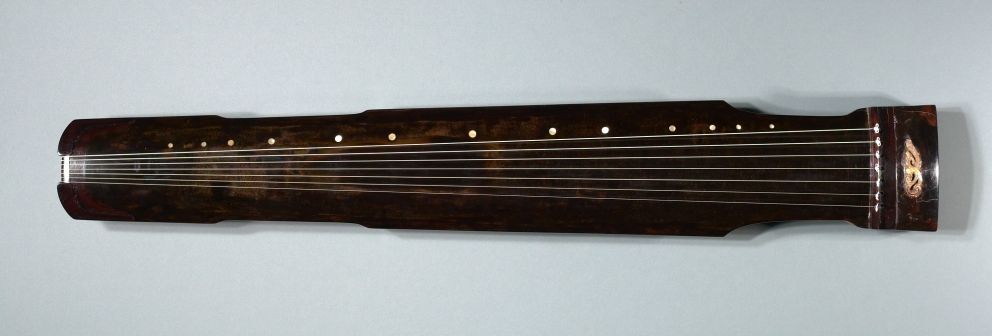Guqin Series (古琴): An Introduction

Lately, I picked up my old Guqin (古琴). It's an instrument with 7 strings. You place it on a table or on your lap. You pluck the string with your right hand and hold down strings with your left. It is about as simple as instruments can get.

I spent the past two weeks going down a bit of a rabbit hole (and sometimes, rabbit hole within a rabbit hole) on this instrument. This series is a compilation of my thoughts and musings.
- Guqin Series Intro – this post, just a brief overview of the different posts.
- Part 1: Harmonics and Hui Positions – this part goes into how harmonics generate the 13 hui positions, which are used to help the Guqin player know where to touch the string while playing said harmonics, or Fàn Yīn 泛音.
- Part 2: Open & Pressed Notes – using the 13 hui positions, I look into how to determine exactly where to press to get a desired open string (Sàn Yīn 散音) or pressed note (Àn Yīn 按音).
- Part 3: Tablature Old and New – I discuss some problems I have with Jianzipu, which is the current system of Guqin tablature. I then propose a new tablature system I am using to address some of these problems.
- Coda: TLDR & links – A summary post as well as reference links to the various sources and whatnot I've discussed.
As with many of my blog posts, I like to document these types of learnings so I can have a thorough reference point later on when I need to revisit concepts and schemas I've come up with, sort of like a recipe book.
Hopefully, some other folks in the world would find this helpful. If you do, send me a note.
Now, onwards to: Part 1: Harmonics and Hui Positions
Other parts in the Guqin series:
Intro | Part 1 | Part 2| Part 3 | Part 4 | Coda (TLDR & links)